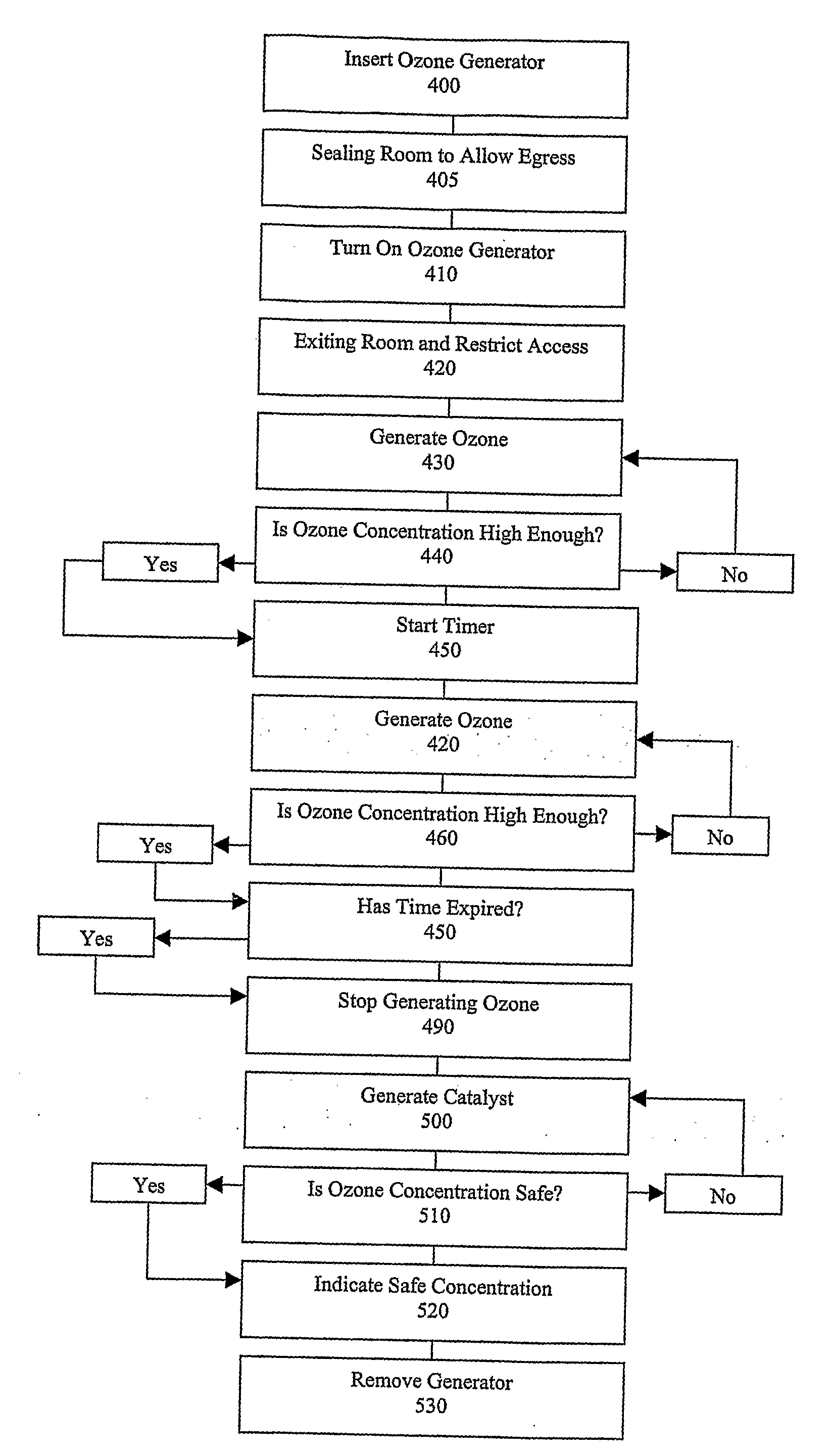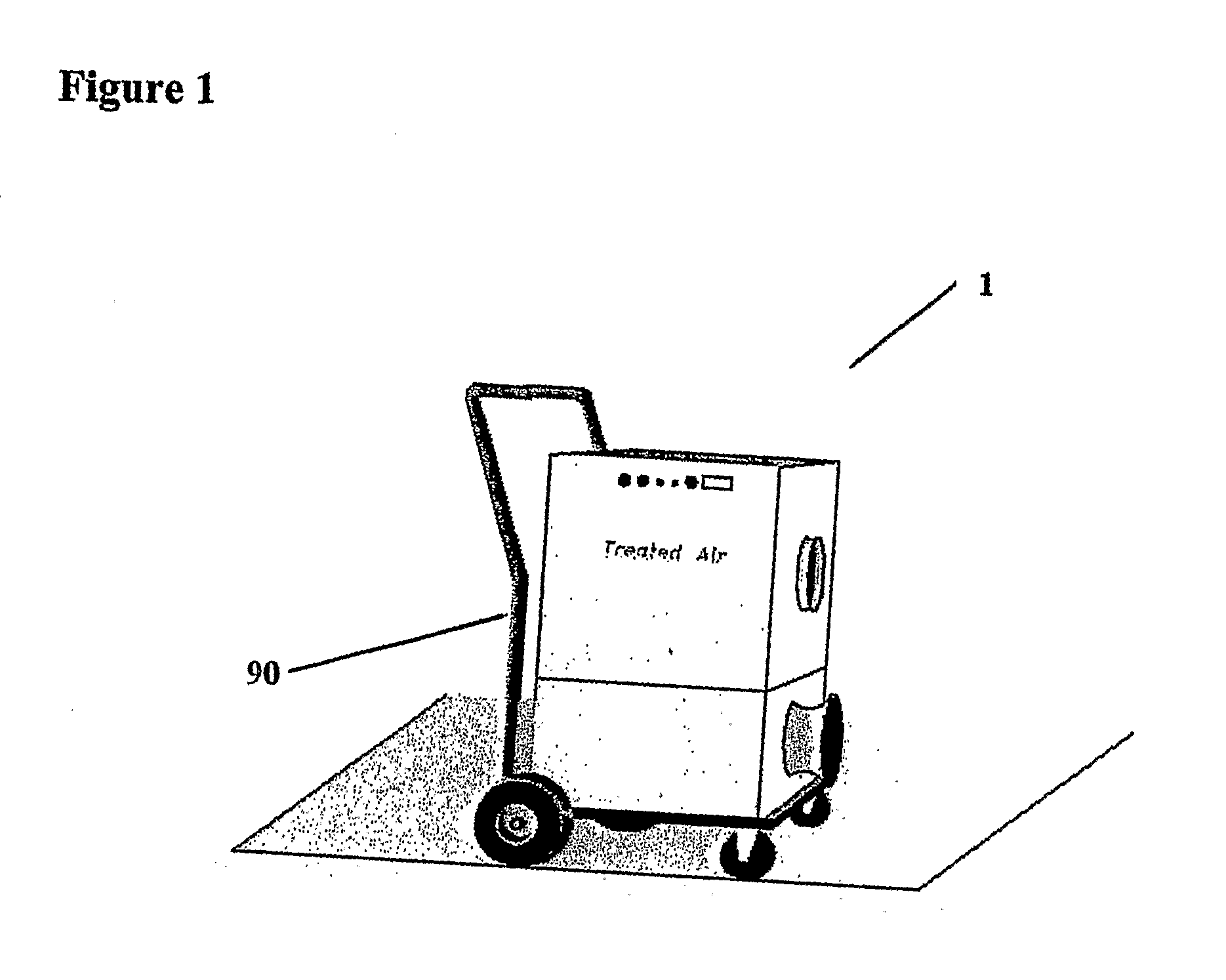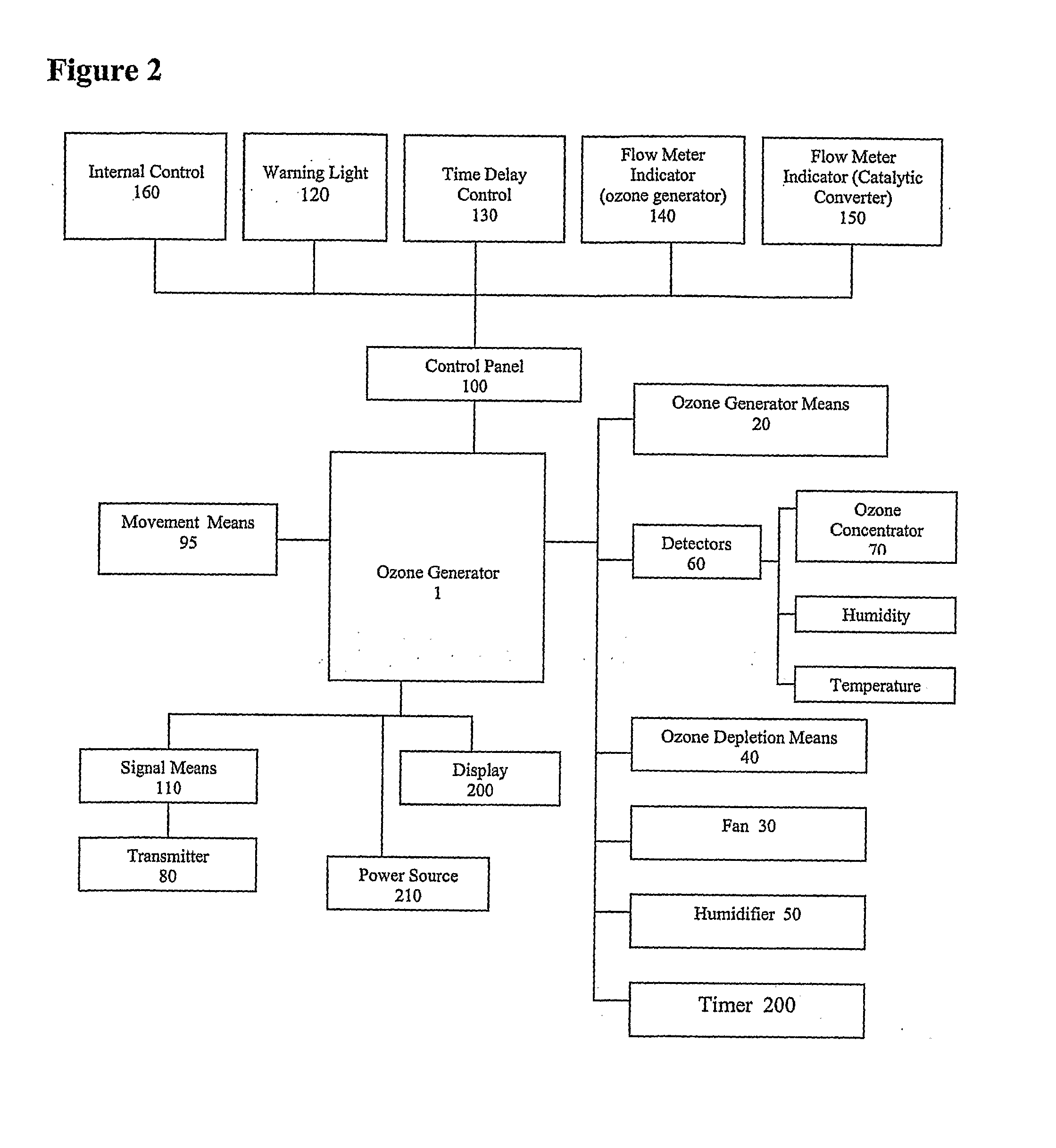And it is not only staff and workers whose health is at stake, but also the customers, frequent flyers,
office workers, and
hospital patients are all threatened by poor air quality.
The use of ozone as an antiviral agent is limited due to its potential to cause adverse side effects, and thus its use in inhabited areas is highly restricted.
Ozone may also worsen chronic respiratory diseases such as
asthma and compromise the ability of the body to fight respiratory infections.
In other words, ozone produced by
ozone generators may inhibit the growth of some biological agents while it is present, but it is unlikely to fully decontaminate the air unless concentrations are high enough to be a health concern if people are present.
Occasionally (between 1 / 100 and 1 / 1000 of cases) the viraemia may lead to CNS involvement and
paralysis.
In South Africa, polio has been effectively eliminated but reintroductions into regions with deficient
vaccination programs has resulted in localized outbreaks (e.g. 1982 and 1988).
The main factors for
high incidence and mortality are unsafe water or inadequate
sanitation, requiring social, economic and political solutions.
The disease is
self limiting, but
dehydration may result, and this can be severe and life threatening in young children.
However, it is only one of a variety of pathogens causing diarrhoea.
Eight segments of
RNA are present and this increases the chance of exchange of segments between strains resulting in the occurrence of new strains making these viruses very difficult to manage.
Influenza epidemics may cause economically significant absenteeism.
In addition there may be cough and in severe cases,
prostration.
The
incubation period is short (1-3 days) resulting in rapid spread leading to epidemics.
In infants and children, URT infections may spread downwards and cause more severe infections and in rare cases even death.
Infections are usually self-limiting.
Adenoviruses may be present in healthy persons, e.g. in stools of children, and may also cause persistent silent infection of the tonsils.
No specific treatment is available.
Killed
virus vaccines have been tried but are of limited value.
There are over 100 types of rhinoviruses, making it impossible to generate vaccines.
Occasionally,
measles may result in further complications such as brochopnemonia and encephalomylelitis.
These are global problems, as demonstrated by influenza, HIV / AIDS, West Nile disease and most recently SARS.
Though these show positive results, they do not address susceptibility of the viruses to application of
gaseous ozone.
As measured against the
public health standards for indoor ozone levels discussed in section 2.1.4, the concentrations of
gaseous ozone used in the studies discussed above far exceeded recognized health standards, by a factor of 5-10 times. In other words, if used at concentrations that do not exceed
public health standards, ozone applied to
indoor air may not effectively remove pathogens.
However, only the abstract for this paper could be obtained, and so it is difficult to speculate as to whether the nebulization of ozone could indeed compete with gaseous application.
However, given that ozone is a
lung irritant and that studies suggest that ozone may react with chemicals normally present in indoor environments to form harmful byproducts, further research is needed to study the feasibility and safe use of ozone as an antiviral agent.
The aggressive spread of SARS from Asian countries to other countries including Canada has challenged the airline, hospitality and tourism industries and the hospitals.
The spread of SARS has had a devastating effect on the affected country's economy.
The challenge of SARS has forced global health organizations and many countries to rethink their strategies on containing the global spread of diseases, especially enteric viruses such as polio, which spread readily through coughing, sneezing, mucous droplets, fecal
contamination, etc. and are thus are difficult to contain.
A variety of airborne, gastroenteric and enteric viruses, including varicella zooster (
chicken pox),
measles virus,
rhinovirus (cold), influenza
virus (flu), poliovrus,
rotavirus, hepatits A, norwalk virus and adenovirus, all represent risks in terms of contagiousness and
infectivity.
Although high concentrations of ozone are sometimes used to help decontaminate unoccupied spaces from certain chemical and odour contaminants, little is known about the chemical by-products left behind by these processes.
Ozone can also adversely affect indoor plants, and damage materials such as rubber, electrical wire coatings, and fabrics and art work containing susceptible dyes and pigments (www.epa.gov / iedweb00 / pubs / ozoneaen).
Recently, particularly in the wake of the SARS
outbreak, there has been a growing concern that both passengers and
crew-members may be exposed to high risk transmission from other infected passengers during flight on aircraft.
Despite the thoroughness of these standards, it is impossible to completely screen for all infected passengers.
Many Asian airlines, for instance, which have implemented the
screening procedures, failed to prevent infected passengers from boarding, as many infected passengers do not show any symptoms during the
incubation period of the virus.
In a hotel setting, it is virtually impossible to screen infected guests and prevent them from staying in a
hotel room and spreading infection to other guests and hotel staff.
And although individuals in hotels stay in separate rooms, there is still a strong
risk of infection being passed between hotel guests.
Both patients and staff are at risk of contracting many of these diseases.
Gastroenteric and
chickenpox infection with rota and varicella zoster viruses, respectively, are common problems at daycares.
Workers in these areas are at risk of contracting
hantavirus, which is deposited in
rodent fecal matter and can become airborne and inhaled.
There is some controversy over the use of ozone as an effective antiviral agent and the health hazards that ozone poses to humans.
Many of the non-
biological substances that are present in normal indoor environments, including many chemicals present in new carpets, have been shown to react with ozone to produce harmful byproducts.
This makes it difficult to apply ozone at levels approaching antiviral effectiveness in hotels and airlines during the short unoccupied times. Ironically, both industries are susceptible to the spread of
viral infection.
As for its application in the airline industry, it would be difficult to use
gaseous ozone as a
disinfectant in aircraft cabins.
The
time pressure faced by the aircraft industries and the potential risks of oxidizing properties of ozone to delicate surroundings in the aircraft may negate the use of ozone at concentrations that would (based on available data) inhibit
viral growth.
First of all, the anecdotal data currently available is far from complete.
First of all, while hotels and airlines are susceptible to
viral infection and spread, the
odds of this occurring are statistically lower than the same risk in hospitals and
nursing homes.
Infected and immuno-compromised individuals congregate in hospitals, and accordingly increase the risk of
viral infection and transmission.
Additionally, while hospitals and
nursing homes are subject to greater risk of viral infection and spread, they are not always subject to the same economic pressures as the hospitality and airline industries for
high turnover rates.
It is true that hospitals and
nursing homes often run full or even over-capacity, however it may still be possible to spend more time disinfecting rooms between patients.
Finally, as with the hospitality and airline industries, hospitals may be able to find more limited applications for the use of ozone, such as the disinfection of ventilation systems.
Except as described in this report and subject to the exercise of its professional judgment, BioStar has not attempted to independently verify such completeness, accuracy and integrity.
 Login to View More
Login to View More 


